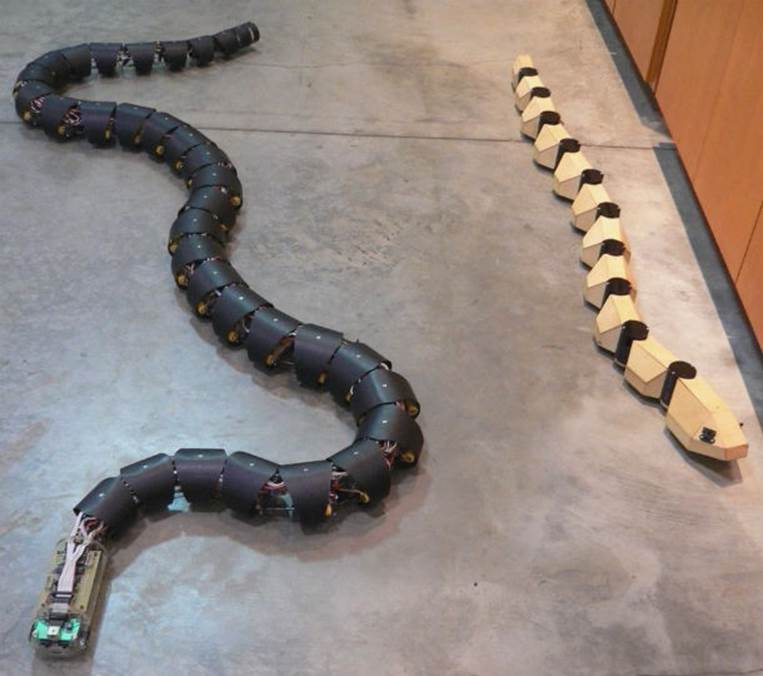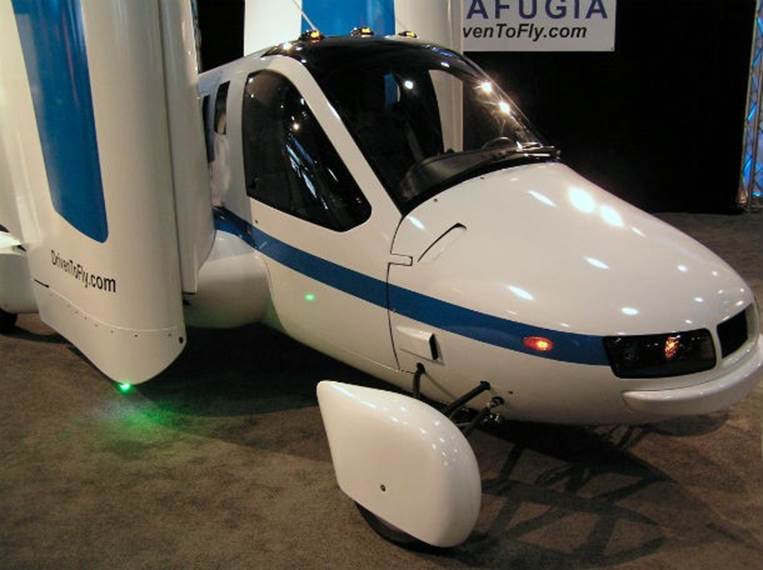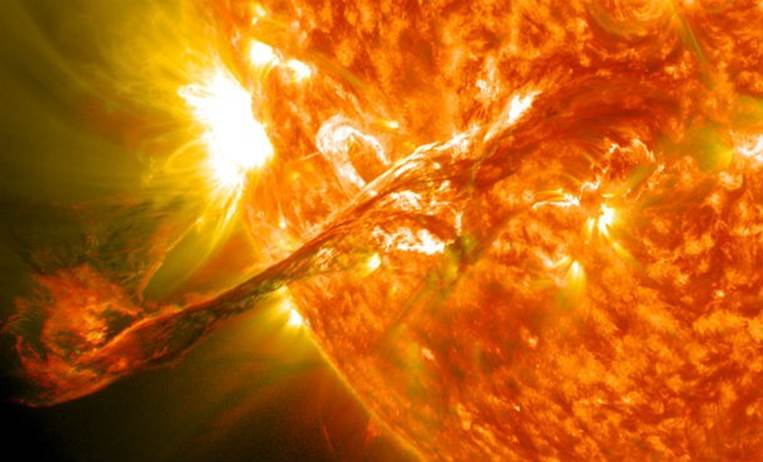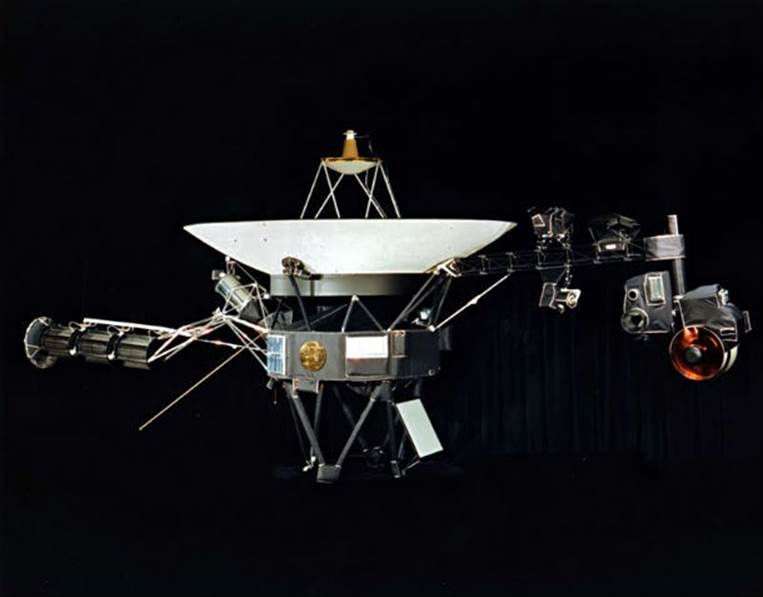MODERN SCIENCE AND TECHNOLOGIES YOU'D SWEAR ARE SCIENCE FICTION
Added on: 22nd Apr 2016
VOICE CONTROL IS NOW A TREND

One of the most fascinating movie villains of modern cinema
was HAL, the voice-controlled computer in 2001: A Space Odyssey.
With the introduction of software like Siri on the iPhone 4S,
voice control has gone mainstream.
THE CANCER GENE FINGERPRINT

To begin with, not all cancers are equally fatal; for example, prostate
cancer means a longer survival rate than a tumour in your
oesophagus. The good news, however, is that by analysing the
mutated genome of a tumour, doctors can now pinpoint whether
a cancer is sensitive to a certain chemotherapy, or one that
doesn’t respond at all to current treatments. In other words,
knowing the subtype might mean jumping directly to a
clinical trial that could save your life.
ROBOT SNAKE AUTOMATICALLY WRAPS AROUND AN
OBJECT WHEN THROWN

Researchers at Carnegie Mellon University’s Bio robotics laboratory
have adapted one of their robotic snakes to cause it to automatically
wrap itself around an object when it is thrown. Upon impact, the
snake immediately wraps its body around the target—in test cases,
a light pole and tree branch, and holds on, supporting itself.
Robot snakes have been developed in recent years to mimic the
actions of their real-life counterparts and scientists believe their
leg- and feet-free mode of locomotion might be ideal for use in
hard to reach places, such as buildings that have been
demolished by an earthquake.
FLYING CARS

It might still sound like a scene from a sci-fi movie to some but
the flying car is here and it’s totally legal. The Terrafugia flying car
gets thirty-five miles to the gallon as a car and consumes five gallons
per hour as a plane. It flies at 115 miles per hour and can cover
490 miles per flight. You can buy one today, starting
with a $10,000 deposit.
FIRST PLANET WITH FOUR SUNS DISCOVERED

An international team of astronomers have announced the
discovery of a planet whose skies are illuminated by four suns
the first known of its type. The planet, located about five thousand
light-years from Earth, has been dubbed PH1 in honour of
Planet Hunters, a program led by Yale University in the United States
that enlists volunteers to look for signs of new planets.
NASA BEGINS USING ROBOTIC EXOSKELETONS

The X1 Robotic Exoskeleton weighs in at fifty-seven pounds and
contains four motorized joints along with six passive ones.
With two settings, it can either hinder movement, such as when
helping astronauts exercise in space, or aid movement,
assisting paraplegics with walking.
DIAMOND PLANET DISCOVERED

Planet 55 Cancri e is what’s known as a super-Earth because
it is likely a rocky world orbiting a sun-like star, but it has a
radius twice as large as that of Earth, and a mass eight times
greater. The hot planet also races around its star at such a close
distance that one year lasts just eighteen hours. The “alien planet,”
as it’s also known, is thought to be made largely of diamond but
new studies have shown that it might be less than glittering inside.
ARTIFICIAL LEAVES GENERATE ELECTRICITY

Using relatively inexpensive materials, Daniel G. Nocera created the
world’s first practical artificial leaf. The self-contained units
mimic the process of photosynthesis, but the end result is
hydrogen instead of oxygen. The hydrogen can then be captured
into fuel cells and used for electricity, even in the most
remote locations on Earth.
VOYAGER I LEAVES THE SOLAR SYSTEM

Launched in 1977, Voyager I travelled past Jupiter and Saturn and by
2013 (when NASA confirmed that it left our solar system) travelled
more than 11.66 billion miles (18.67 billion kilometres) from the sun,
becoming the first spacecraft to enter interstellar space.

Comment on this